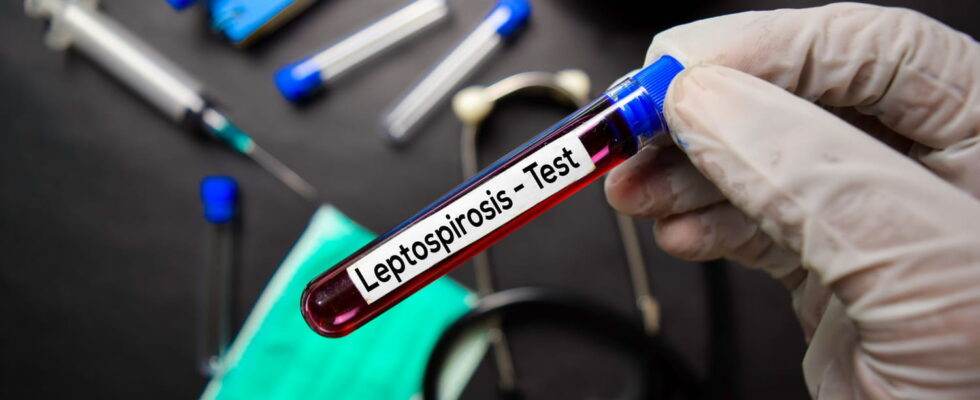Leptospirosis is a disease that is transmitted to humans by animals, particularly rodents such as rats.
There are around 600 cases of leptospirosis per year in France. Human contamination occurs through contact with the urine of contaminated animals, particularly rodents. This is why leptospirosis is also called “rat disease”. Although leptospirosis is benign most of the time in humans, it can lead to death in 5 to 20% of cases.
What is leptospirosis?
Leptospirosis is a zoonosis, that is to say a disease originating from animals. It is caused by bacteria – leptospires – present in the urine of animals, particularly that of rodents. Hence its term “rat disease”. These bacteria can contaminate the natural environment such as rivers, ponds or lakes and survive for several months in fresh water or in humid environments such as mud.
Human contamination occurs through contact of animal urine with the mucous membranes (eyes, mouth, nose) and/or possible wounds on the skin. Transmission by bite is rarer. Those most at risk are those most exposed to infected urine from animals, and especially rodents:
- People who bathe in fresh water, even more so if these are unsupervised areas and which are therefore not subject to health checks.
- People who practice leisure activities in such areas: canoeing, rafting, fishing…
- Hunters, fisheries guards, game wardens.
- Animal breeders, farmers,
- Sewer workers, wastewater treatment plant employees,
- Veterinarians, pet store employees.
- Slaughterhouse staff.
What are the symptoms of leptospirosis?
Symptoms occur between 3 and 15 days after contamination. This is the incubation phase. The person present;
- A high fever, above 39.
- Muscle and joint pain.
- Digestive pain.
- Headaches.
- A rash.
After a few days of progression, jaundice or jaundice, yellow discoloration of the skin and integuments (conjunctivitis of the eyes in particular), appears, indicating liver damage; this phase is not always present. Leptospirosis can also affect the kidneys and cause acute renal failure, the meninges and the lungs. It can cause convulsions, coma, hemorrhages in the affected organs and sometimes hemorrhagic jaundice (also called “Weil’s disease”, specific to leptospirosis).
A blood test may show suspicious biological signs such as an increase in white blood cells and a drop in the number of blood platelets. The diagnosis is therefore based on serology carried out on a blood sample which shows antibodies characteristic of the disease.
What are the treatments for leptospirosis?
Leptospirosis is treated with antibiotics (amoxicillin, cephalosporin and cyclins) as early as possible to avoid more serious complications. In certain forms, it may require hospitalization.
To avoid contracting leptospirosis, you must avoid contact with animals or the bacteria’s favorite areas, particularly swimming in fresh water. Professionals must wear appropriate protection. If you have to work in a potentially infected environment:
► Wear single-use waterproof gloves, especially if you have to put your hands in water regularly.
► Wear waterproof boots, clothing in good condition, clean and well maintained.
► Have drinking water, soap and single-use wiping materials available.
► If you work on a farm or in a place particularly likely to be contaminated, practice very regular cleaning and disinfection of premises and equipment.
Stay as far away as possible from a possible vector of contamination:
► Limit contact with fresh water, particularly in areas that you know are frequented by rodents.
► Avoid any contact with a wild animal, living or dead.
What is the leptospirosis vaccine?
There is a human vaccine against leptospirosis (Spirolept®), not reimbursed by Health Insurance (but covered by the employer if it is carried out within the framework of work). It can be practiced if you work in a risky environment or if you are exposed to it on a regular basis. For example, during activities or if you travel to Latin America or Southeast Asia. This measure is not systematic and must be discussed with the doctor on a case-by-case basis. The vaccine is given in 2 doses 15 days apart, then a booster 4 to 6 months later and then every 2 years if exposure persists. Please note: The vaccine only protects against one form of leptospirosis (Leptospira icterohaemorrhagiae). Immunity against leptospirosis is generally acquired 15 days after the 2nd injection and lasts on average two years after the first booster.
